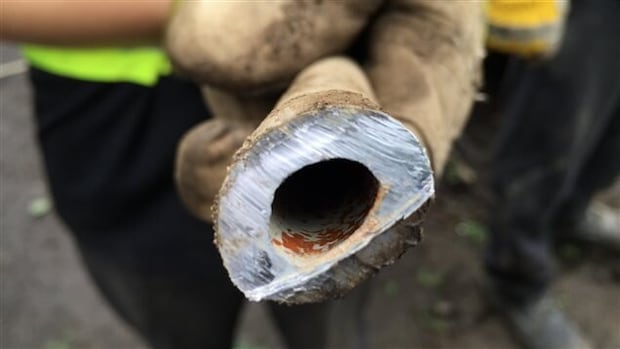Kevin Duke says replacing the lead pipes in his home doesn’t seem feasible.
The Thunder Bay, Ont., senior wasn’t aware of the lead pipes until the City of Thunder Bay began distributing NSF/ANSI-53-approved water filter pitcher kits in 2020. A couple of years ago, he said, the city replaced the main water line on his side of the street, but from there to his water meter, it’s all lead piping.
“I highly doubt that I would be able to afford to get all that replaced,” Duke said.
Before the mid-1950s, lead service pipes were commonly used to connect people’s homes to city watermains. But as research emerged about the dangers of the toxic metal to people’s health, the National Plumbing Code of Canada banned lead piping in 1975 and lead solder in 1986.
Still, many older homes across the country have lead pipes. Earlier this month, the Canadian Environmental Law Association (CELA) published a report calling for Ontario municipalities to stop only partially replacing lead service lines.
“There can be really high levels of lead in the months and years following the partial replacement because you've disrupted the lead line, and there can be big particles coming into your house,” said Julie Mutis, community outreach worker for CELA and lead author
Continue Reading on CBC News
This preview shows approximately 15% of the article. Read the full story on the publisher's website to support quality journalism.
